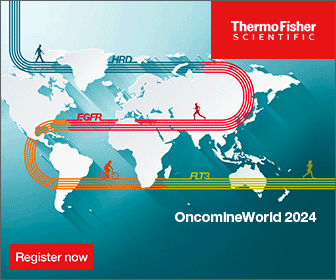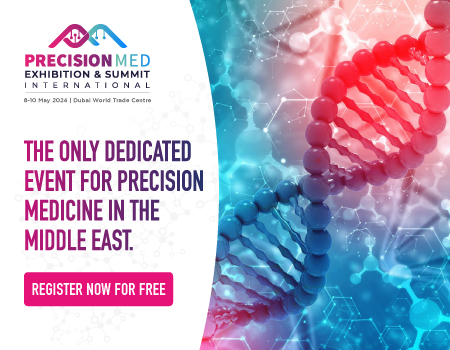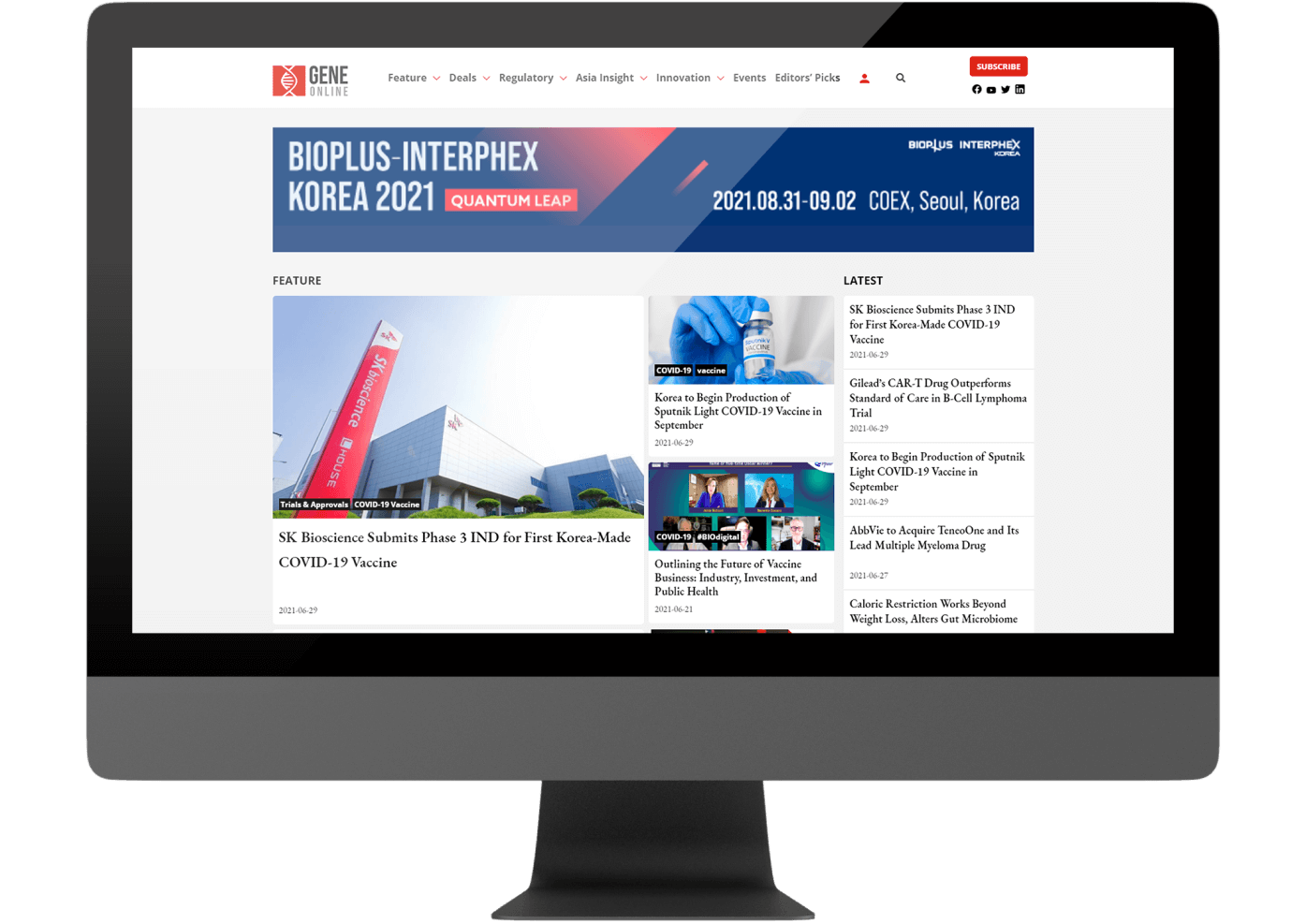Things you must know about the 10-minute universal cancer test
By Rajaneesh K Gopinath
An Australian research team comprising of Dr. Abu Sina, Dr. Laura Carrascosa and Professor Matt Trau, from the University of Queensland, have discovered a unique cancer biomarker and have developed a quick and inexpensive method to detect it. If properly standardized and validated by clinical trials, the test would potentially revolutionize cancer diagnosis.
DNA Methylscape – A unique biomarker
Methylation is one of the common epigenetic marks found on the DNA. This modification involves the addition of methyl groups to the cytosine nucleotides (methylcytosines) by DNA methyltransferases. The cell controls the expression of right genes at the right time by careful patterning of DNA methylation. However, in the case of diseases such as cancer, epigenetic reprogramming occurs, wherein the patterning gets manipulated so as to facilitate cancer growth and progression. As opposed to healthy cells, cancer genomes exhibit a unique methylation landscape (Methylscape) wherein there is a decrease in overall DNA methylation but increase in methylcytosines at regulatory regions such as promoters. This altered DNA Methylscape is exhibited by a number of cancers and could serve as a universal biomarker.
Unique DNA nanostructures of cancer cells
DNA methylation also alters the physiochemical properties of DNA in solution including its 3D conformation and structure. It is therefore conceivable that the properties of genomic DNA should be widely different between normal and epigenetically reprogrammed cancer cells. Just as expected, when visualized under a transmission electron microscope, the DNA from normal cells formed large aggregates in aqueous solutions as compared to cancer cells which formed smaller aggregates in nanometer size. This is because of the difference in the levels and patterning of hydrophobic methylcytosines in the DNA. Moreover, it was found that these differences also affect the DNA binding affinity to metal surfaces. While DNA from normal cells exhibited low adsorption to gold surfaces, the DNA from cancer cells showed high adsorption.
Detection of cancer using gold nanoparticles
Armed with this information, the research team proceeded to devise simple and highly sensitive detection methods to catch the difference in physicochemical properties between normal and cancer cells. They developed electrochemical and colorimetric assays that could detect the Methylscape biomarker based on the level of genomic DNA adsorption on planar and colloidal gold surfaces respectively. The gold particles containing water solution is pink in color. Samples containing DNA of cancer cells binds to the nanoparticles with high adsorption keeping the solution pink. However, normal DNAs bind differently and turns the water blue.
Cancer cells release their DNA in the blood plasma once they die. Therefore, blood samples could be used for the test. The analysis time is less or equal to 10 minutes, and requires minimal sample preparation. The test is estimated to be 90% accurate after investigating 200 human cancer samples including breast, prostrate, colorectal and lymphoma. The team is working with UniQuest, to develop and license the technology. The details of the study are published in Nature Communications.
References
- https://www.nature.com/articles/s41467-018-07214-w
- https://www.uq.edu.au/news/article/2018/12/nano-signature-discovery-could-revolutionise-cancer-diagnosis
- https://www.theguardian.com/science/2018/dec/04/scientists-develop-10-minute-universal-cancer-test
©www.geneonline.com All rights reserved. Collaborate with us: service@geneonlineasia.com









